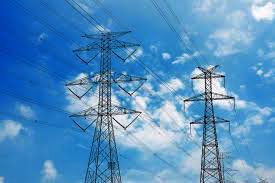South Africa’s state-run power utility Eskom launched three programmes to procure much-needed electricity as part of measures to address the loadshedding crisis.
In a statement on Tuesday, the government said the three programmes – Standard Offer Programme, Emergency Generator Programme and Bilateral Power Import Programme – would focus on power producers capable of supplying more than one megawatt to the grid.
“Over time the threshold will be lowered to enable smaller producers to participate,” it said.
The Standard Offer Programme would procure power from companies that have existing generation capacity for a period of three years.
It would allow for a static price, which is established each year based on the regulatory approved cost recovery and covers the variable cost of generation.
The Emergency Generator Programme would be used to procure more expensive power during periods when the grid is significantly constrained.
“The programme allows for independent generators to provide energy daily to compete with the Eskom generators in the internal market.”
The independent generators would supply into the grid based on the offer price and availability provided.
The Bilateral Power Import Programme would be used to secure imports of power to the country from neighbouring countries.
“Several countries have expressed an interest in selling additional surplus power to South Africa,” the statement said.
Eskom is already importing electricity from some of its neighbours via the Southern African Power Pool, with an average of 200MW being used to augment the utility’s generation capacity when the grid is constrained.
The combined impact of the programmes, predicted to exceed 1 000MW, would make an important contribution towards reducing the loadshedding burden on consumers.
According to the statement, the target is to sign the first power supply agreement “during the course of the current week and for the power to start flowing through the grid as soon as possible.”
JN/APA


